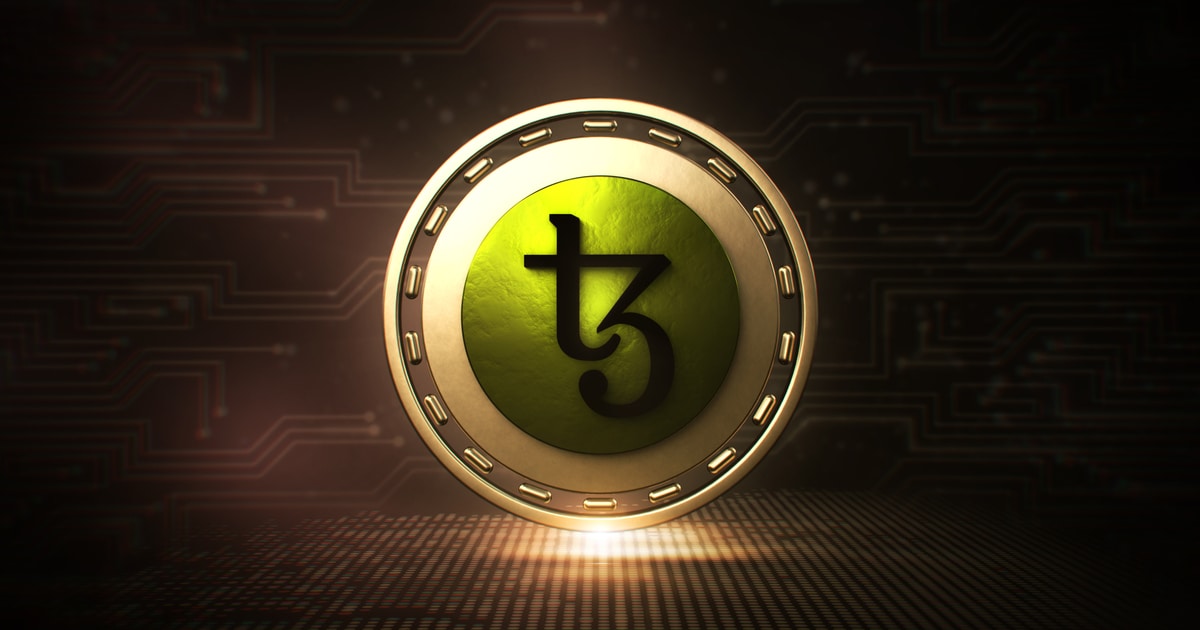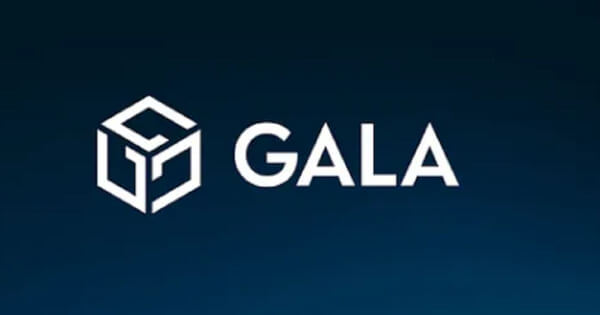The collapse of two giant crypto lending businesses that also mined bitcoin yields a few interesting lessons.
“Contagion” is the most popular word in crypto after the disastrous fallout of the past year. And dominos keep falling as investors painfully realize how closely intertwined the entire cryptocurrency industry is. Hundreds of billions of dollars were incinerated.
And bitcoin mining companies have not completely avoided this. In fact, a unique type of mining business failed catastrophically, which could provide valuable lessons for future entrepreneurs. The combination of crypto lending and crypto mining was showcased in two high-profile companies: BlockFi and Celsius. Both of these companies are now bankrupt. What happened?
This article explores the histories, downfalls and lessons of both organizations.
The Crypto Lending Businesses’ Mining Interests
Even the most casual crypto observer would be familiar with the two industry-leading crypto lending businesses that went bust in 2022. What may be less widely known is that both of these companies also maintained significant bitcoin mining units. BlockFi and Celsius were not only the go-to names for centralized crypto lending, they also heavily invested in bitcoin mining. And when both companies sank, so did their mining teams.
BlockFi announced its new mining operations in May 2021 in the form of a partnership with Blockstream and its long-standing mining unit. Exactly how much hash rate BlockFi is managing through Blockstream has not been disclosed, and the current status of BlockFi’s hash rate at Blockstream facilities is also not fully known. But the lending company said it viewed mining as a complement to its financial service offerings.
Celsius also invested heavily in bitcoin mining, with $500 million spent on its mining efforts as of November 2021. In an older interview, former Celsius CEO Alex Mashinsky said the company operated 22,000 mining machines, most of which were Antminer S19 models. Like BlockFi, Mashinsky described his company’s mining efforts as a strategic complement to its lending business.
To be clear, BlockFi and Celsius were not the only companies operating at the intersection of mining and lending. Mining companies lending their coins to other institutional market participants (e.g., trading firms) is not uncommon. And it’s not unreasonable to assume other, smaller lending firms also had exposure to the mining industry. But BlockFi and Celsius were unparalleled in the combined scale of both their lending and mining operations. Both companies were also bankrupted as a direct result of the fallout from the stunning collapse of FTX.
Tale Of Two Bankruptcies
Both companies — Celsius and BlockFi — have now filed for bankruptcy.
In June 2022, Celsius announced it was pausing all withdrawals. The next month, the company filed for Chapter 11 bankruptcy. Machinsky abruptly resigned in the middle of the bankruptcy proceedings but not before reportedly withdrawing $10 million.
The bankruptcy of Celsius Mining came just months after it announced its plans to go public. But the company planned to continue mining throughout its bankruptcy proceedings, and defended these plans vigorously. Celsius said its mining operations were key to the company’s restructuring efforts. But mining isn’t cheap. In the first two weeks of mining through bankruptcy, Celsius Mining burned $40 million, according to reporting by The Wall Street Journal. At the time, Celsius Mining told the court it expected the mining operations to become profitable by January 2023.
Shortly after Thanksgiving, BlockFi also filed for bankruptcy. Its bitcoin mining operations have not played as prominent a role in the proceedings as Celsius’ has. No reports found for this article indicate that Blockstream’s agreement with BlockFi has been terminated or otherwise interrupted.
But the BlockFi-hosted mining operations were not its only mining-related concerns. In addition to hashing for itself, the company also originated loans to other mining entities. BlockFi’s corporate account addressed this matter on Twitter one month before filing for bankruptcy. Some reports indicate that BlockFi could have suffered up to $80 million in losses from its exposure to Core Scientific, for example.
Why Mine And Lend?
Why a lending company wants to mine bitcoin at all is a question worth answering. The precise answers to this vary, but here’s a simple explanation of one potential motivation: By essentially acting as “crypto savings banks” and lending bitcoin (and other cryptocurrencies) to various retail and institutional counterparties, institutions like BlockFi, for example, had minimal exposure at best to bitcoin’s parabolic upside. Its borrower clients, on the other hand, had full exposure to the market’s volatility. In theory, spinning up a mining operation could give lenders more material risk exposure with larger potential profits.
But the lending business — especially given how some of the crypto financial institutions manage their books — carries enough counterparty risk and operational complexity by itself, one would think. The mining business is notoriously ruthless and complicated, which places new entrants at massive disadvantages even in the best market conditions. Managing a mining unit in addition to a core lending service is beyond doubly tough compared to running only one or the other business, since business complexity scales exponentially, not linearly. Although successfully running a joint lending/mining business is not impossible, it certainly is not for an inexperienced or risk averse founder.
In short, after a decade of institutionalized mining growth, there are good reasons why most mining companies are only mining companies — not hybrid businesses with other core offerings outside of mining. Sure, some miners play the role of lender in limited cases, as previously mentioned. But their core business is mining. Doing anything else is often too much to manage.
Don’t Rinse And Repeat
2022 was a brutal year for all of “crypto,” but especially for miners and lenders. Both high-profile companies that combined the two businesses ended in bankruptcy. Unfortunately, the “crypto” industry has a goldfish-like memory and is more likely to repeat rather than avoid these mistakes. But, hopefully, the future includes severe adjustments in accepted practices for lenders and also strong recovery from well-managed, bear-market-hardened mining companies. If not, the pain and suffering of the 2022 bear market was for nothing.
This is a guest post by Zack Voell. Opinions expressed are entirely their own and do not necessarily reflect those of BTC Inc or Bitcoin Magazine.

You can get bonuses upto $100 FREE BONUS when you:
💰 Install these recommended apps:
💲 SocialGood - 100% Crypto Back on Everyday Shopping
💲 xPortal - The DeFi For The Next Billion
💲 CryptoTab Browser - Lightweight, fast, and ready to mine!
💰 Register on these recommended exchanges:
🟡 Binance🟡 Bitfinex🟡 Bitmart🟡 Bittrex🟡 Bitget
🟡 CoinEx🟡 Crypto.com🟡 Gate.io🟡 Huobi🟡 Kucoin.











Comments